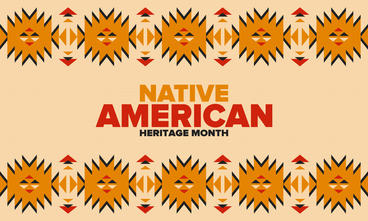
November is National Native American Heritage Month. There are 574 federally recognized Indian Nations (variously called tribes, nations, bands, pueblos, communities and native villages) in the United States1 and 11 federally recognized tribal governments in Minnesota. Each tribe is a separate sovereign nation with its own, unique government.2
We take time to recognize the significant contributions the first Americans made to the establishment and growth of the U.S. As with all recognition months we have acknowledged this year, however, our recognition and understanding should extend well beyond just one month.
The University of Minnesota campuses were built on the traditional homelands of the Dakota and the Ojibwe, and scores of other Indigenous peoples who have walked on these lands from time immemorial. The University of Minnesota Twin Cities is built within the traditional homelands of the Dakota people. The Duluth campus resides on land that was cared for and called home by Ojibwe people and before them, the Dakota and Northern Cheyenne people, and other Native peoples from time immemorial.
We recognize and continually support and advocate for the sovereignty of the Native nations in this territory and beyond. As such, may we all be reminded of the University’s land acknowledgements. Read the words slowly and reflect on the importance and meaning of these statements. They serve to not only acknowledge the people on whose land we live, learn, and work, but to honor them while we seek to improve and strengthen our relations with our tribal nations.
We also acknowledge that words are not enough. We must ensure that our institution provides support, resources, and programs that increase access to all aspects of higher education for our American Indian students, staff, faculty, and community members. One way to learn more is by visiting the new Native Voices and Visions website to hear from individuals in the University who are having an impact on their communities.
The contributions of native peoples to our everyday lives have and remain vast, but also often go understated. This month we’ll highlight stories in partnership with members of the college and pharmacy communities.
Sources:
1 National Congress of American Indians
2 Minnesota Department of Transportation Tribal State Relations Training